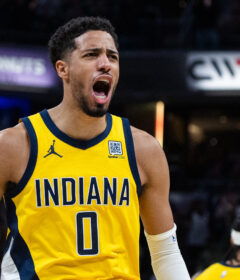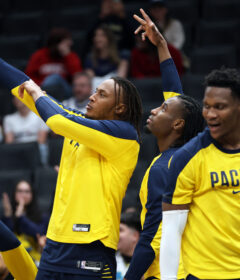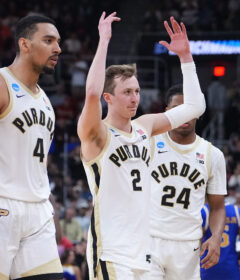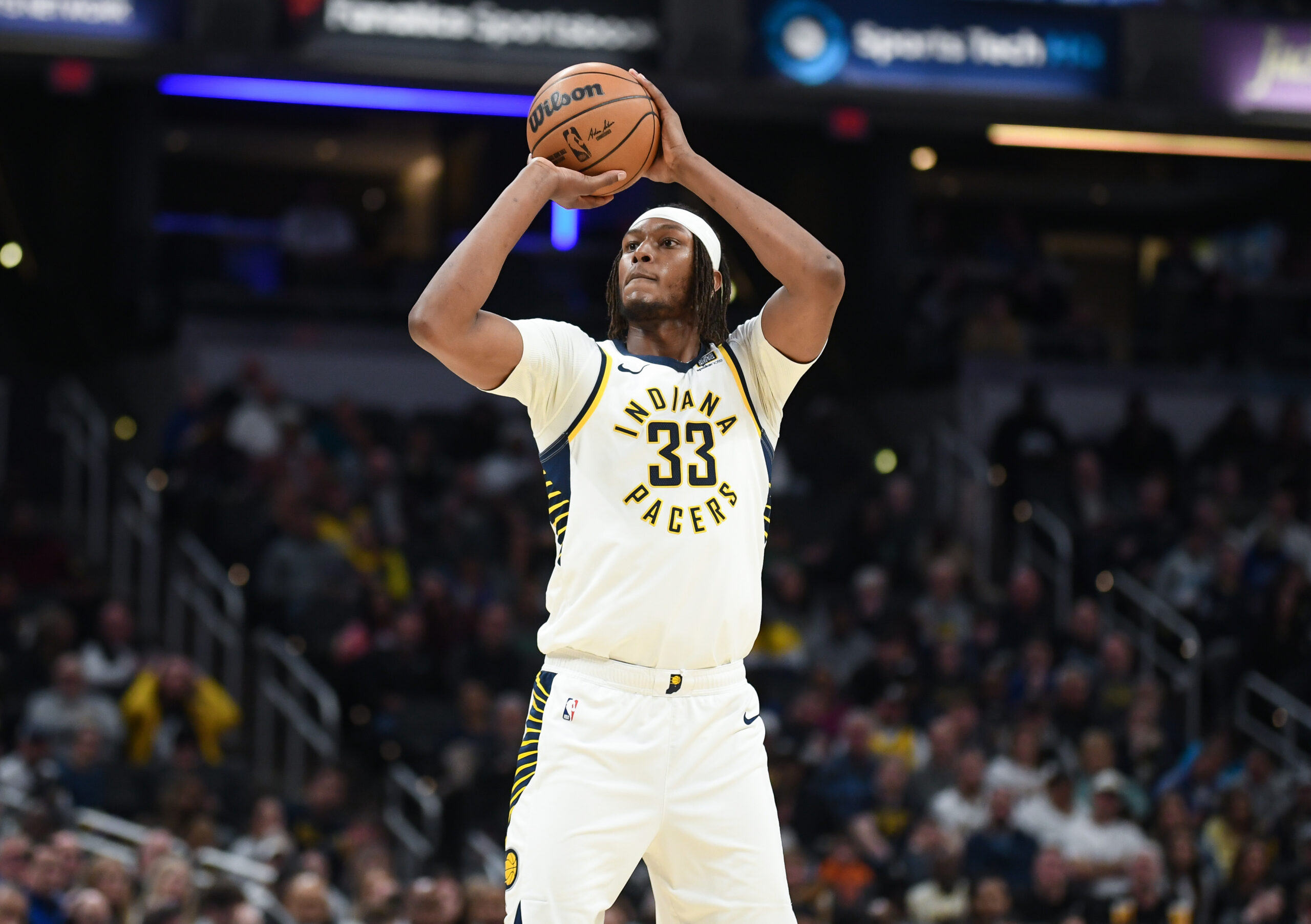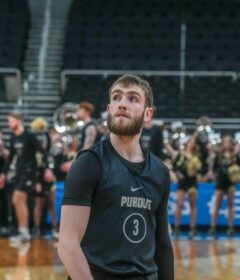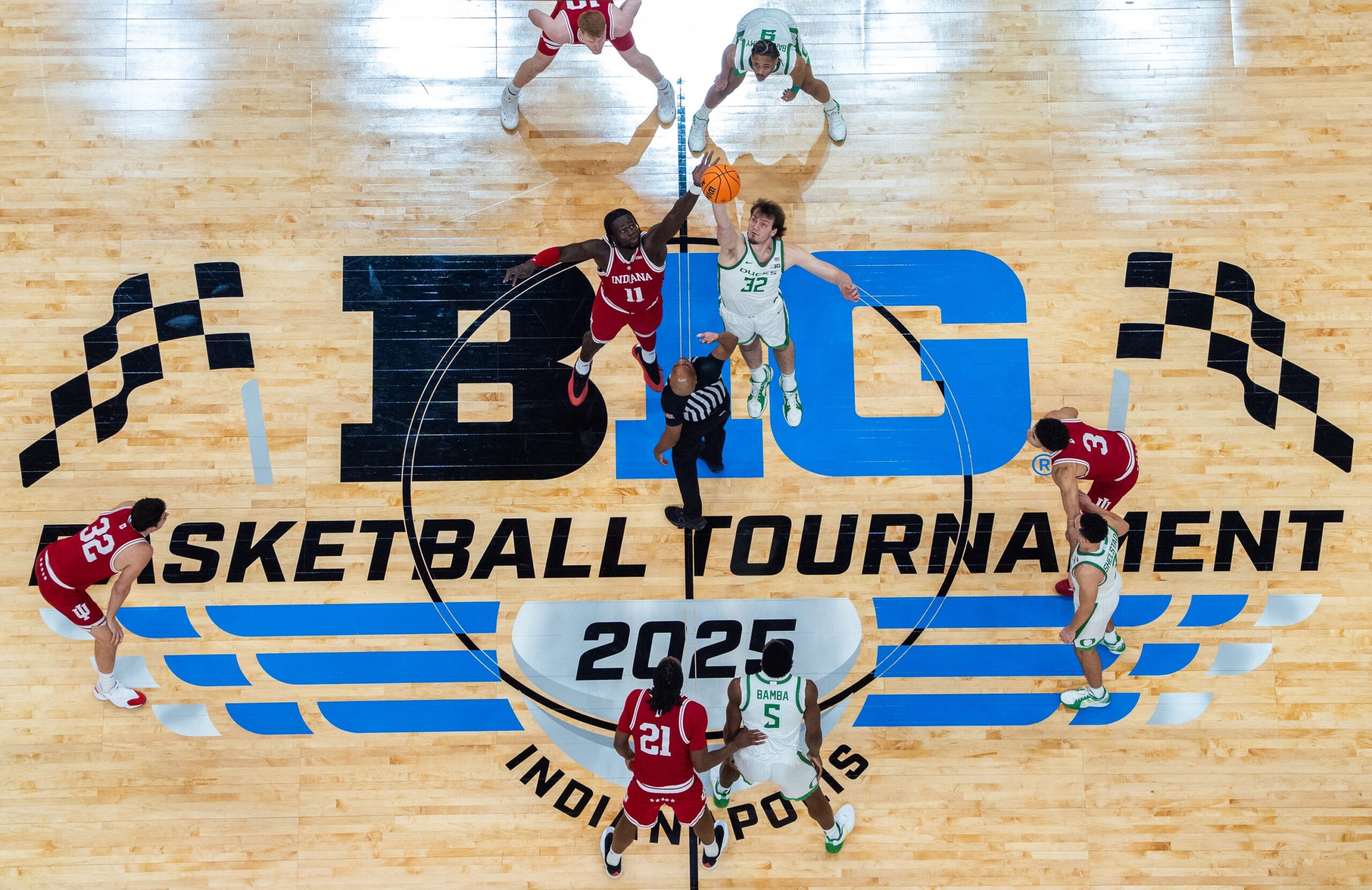Hoosiers’ season crumbles in loss to Minnesota
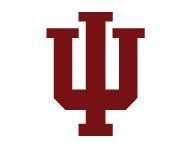
By CHRIS GOFF
ISL Assistant Editor
BLOOMINGTON, Ind. – Tevin Coleman and Nate Sudfeld teamed to give away not only a game against Minnesota, but any legitimate hopes Indiana had of making progress in Kevin Wilson’s third season.
The Hoosiers are better. Their offense is very good. Wilson recruited one of the school’s best classes, one heavy on defenders.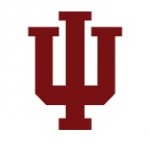
The results are all too familiar. At 3-5, the Hoosiers need a miracle – i.e., a win at Ohio State or Wisconsin – to snag a bowl bid for the first time since 2007. In other words, prepare for another long offseason. That wasn’t supposed to happen. Indiana entered the year with eight home games.
A third home loss Saturday, 42-39 in gut-wrenching fashion, will have Indiana fans doing what they are so accustomed to this time of year: turning their attention to basketball.
All of the Hoosiers’ problems were evident against the Gophers.
While Wilson has nurtured two high-end passers in Sudfeld and Tre Roberson, he still can’t decide how or when to use them. Roberson started this game – OK, Sudfeld had been struggling, and Roberson looked awfully good on the road at Michigan State and Michigan – but then Wilson switched at halftime. Sudfeld, who started the previous five games, moved back into the lineup and nearly pulled off what would have been the second-largest comeback in school history.
“Tre was just a little bit off in the first half, as was the rest of the offense,” Wilson said. “We decided to give Nate a shot. We are not trying to play it by half. We just play who’s doing a better job. Tre didn’t play poorly. Nate came in and gave them a boost.”
Roberson’s legs didn’t work the way they did at the Big House, and he was 8-for-18 for 80 yards and a touchdown. Indiana trailed 28-13 at halftime. While going to Sudfeld after that was easily defensible, Wilson needs to decide whether there is more of a future in Roberson. If the answer is no, then Sudfeld needs to be given more job security. His confidence was damaged in the way he was handled recently.
“Like I’ve said in interviews before, they’re both great quarterbacks,” said receiver Cody Latimer, who had four catches for 55 yards, including a 30-yard, go-ahead reception from Sudfeld midway through the fourth quarter. “Either one can come out and play and throw the ball and make plays for us. It’s not a difference.”
The defense allowed 573 yards – 7.3 per play – and six touchdowns, including four in five possessions in the middle of the game as the Gophers built their 22-point lead. Michael Hunter, Greg Heban, Flo Hardin and many more missed tackles that they simply have to make. The secondary should have performed much better against a team with such a subpar receiving corps.
Minnesota quarterback Philip Nelson and running back David Cobb dominated. Nelson completed 16 of 23 passes for 298 yards and four scores. Cobb had 29 carries for 188 yards and a score, becoming the latest tailback to enjoy a career day at Indiana’s expense, and he added two receptions for 48 yards.
And then there was the ending. Of all the ways to lose a football game, fumbling 9 yards from a game-winning touchdown is among the worst. Indiana had a great chance to win, but an even better chance of extending the game to overtime. Instead, when Sudfeld failed to give Coleman an ideal ball and Coleman bobbled what was correctly ruled a lateral, the Hoosiers came up with neither.
Linebacker Aaron Hill scooped up the ball a yard in front of Coleman, who thought the play was an incomplete pass, and Minnesota just barely survived in a game it led 35-13 midway through the third quarter.
“I made a poor call,” Wilson said. “That was the difference of the game. I thought we had the best chance to win that game. I’m really disappointed for our players. As coaches we have to help them out at the end and make the right plays, and that last one was not the right call.”
In the end, quite a few things went right. The Hoosiers generated a spark on the ground, with both Coleman and Stephen Houston going over 100 yards. Their defense did force five punts, two fourth-down stops and a turnover, for a total of eight holds in 14 possessions.
And the offense marched back from a seemingly insurmountable hole. The largest comeback ever by an Indiana team was 23 points. The Hoosiers were probably going to win this must-win game – until Coleman muffed away a catchable toss.
“It’s tough to deal with,” Coleman said. “I am not happy at all. It was behind me. I just tried to make a play out of it. It did not happen.”
The Hoosiers could say the same thing about their season, which is now shot. Indiana still is favored to beat Purdue and Illinois at home, but going 0-4 on the road puts them at 5-7, just a one-game improvement from 2012.
“Everyone is down,” Roberson said after the game.
Rightfully so, and the offense should bear much more of the blame than it did in the 63-47 loss in Ann Arbor. Fast-paced offenses cannot succeed if they have three-and-outs and turn the ball over. Against Minnesota, the Hoosiers had four three-and-outs and, of course, the devastating giveaway at the end.
The Golden Gophers are 7-2 and have already clinched bowl eligibility for the second time in three seasons under coach Jerry Kill. This game proved Indiana is behind Minnesota in the rebuilding phase. The Gophers were 6-7 last season but only 2-6 against Big Ten opponents. Now they are getting conference victories.
Indiana beat Penn State back in early October for the first time, but that will go down as the signature accomplishment of 2013, a season that was supposed to provide bigger ones.
Instead, it’s time to say, “Wait until next year.”
Follow Chris Goff on Twitter: chrisgoff_ISL.

